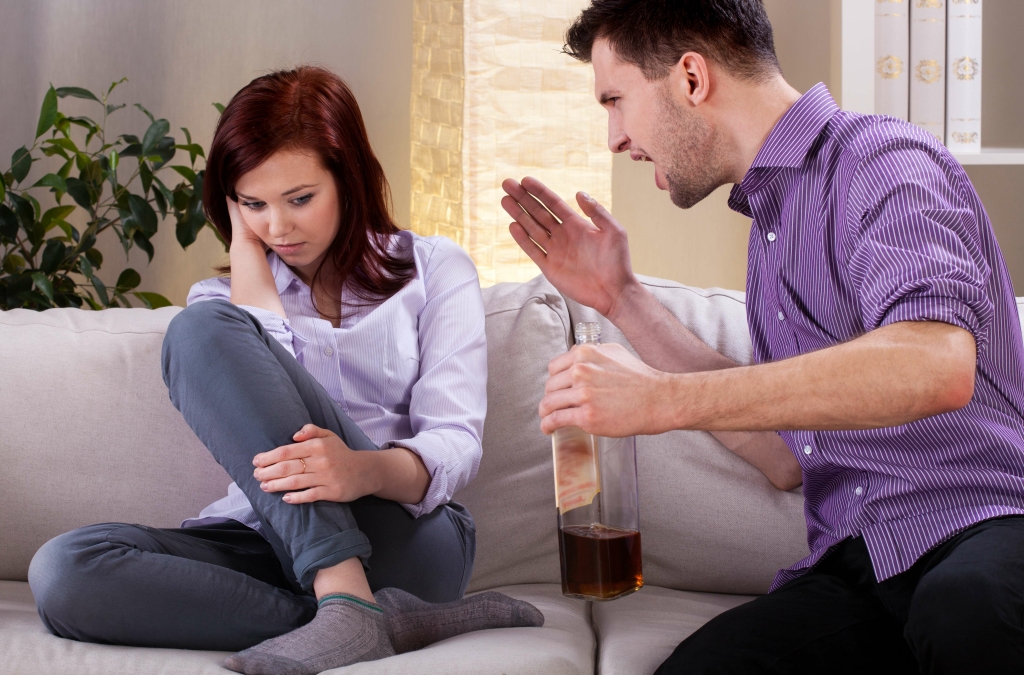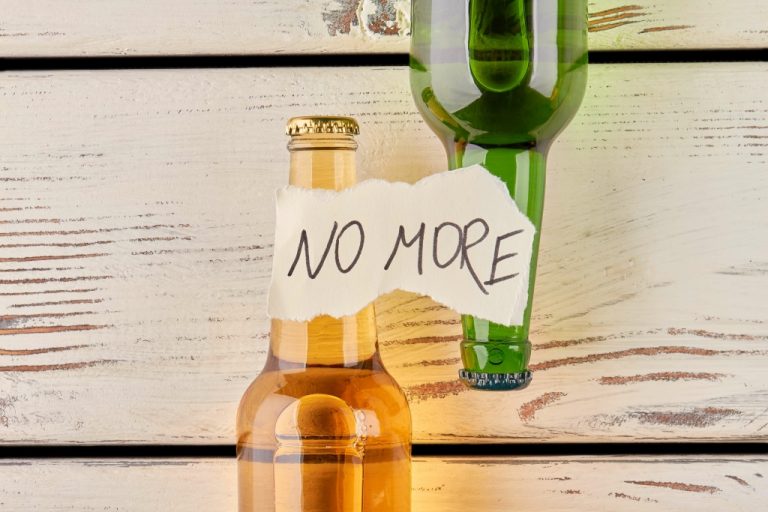You and your therapist will learn how to discover patterns in your thinking that are unhealthy, and how these thoughts have a negative impact on your behaviors and your own beliefs. Cognitive behavioral therapy techniques can be practiced outside the therapist’s office. Those in recovery can do many CBT exercises on their own, from home or in a group setting.
- The question of whether one has heard of CBT might be relatively straightforward to answer, but what defines CBT is more challenging.
- Our admissions navigators can help you explore different rehab payment options and verify your drug and alcohol rehab insurance coverage.
- The patient can learn to recognize the circumstances that trigger drinking or drug use, remove themselves from the situation, and use CBT techniques to alleviate the thoughts and feelings that lead to abuse.
- Supporters of cognitive behavioural therapy believe that in order to change a person’s behaviour, you must first change their thoughts.
Despite the importance of combined pharmacological and behavioral interventions for AUD/SUD, few meta-analyses on this intervention approach have been performed. Typically, meta-analytic reviews in the AUD/SUD literature have been conducted on specific pharmacotherapies,9 groups of pharmacotherapies,10,11,12 or specific behavioral interventions, such as CBT. As a result, the evidence-informed guideline will relate only to the selection of a single, stand-alone therapy, whether pharmacological or behavioral, and not their combination. For example, in a review of 122 clinical trials of AUD pharmacotherapies delivered in outpatient settings,10 the authors could not conclude about the efficacy of pharmacotherapies when combined with a behavioral cointervention. These findings suggest that best practices in addiction treatment should include pharmacotherapy plus cognitive behavioral therapy or another evidence-based therapy, rather than usual clinical management or nonspecific counseling services. This meta-analysis and systemic review assess combined cognitive behavioral therapy and pharmacotherapy for alcohol or other substance use disorders in adults.
Relapse prevention
When clients check-in at either our Soba Mesa or Soba Texas rehab centers, they are given access to the finest detox and drug rehabilitation that the region has to offer. When it comes to addiction treatment, there are few settings that can provide the same level of peace and tranquility. This ranch style setting delivers the peace of mind and comfort that few facilities can match. If you or a loved one are looking for the right substance abuse treatment, consider our CBT services at Soba Recovery Center. We have locations in Arizona and Texas, and our treatment programs specialize in detoxification, residential inpatient treatment, outpatient treatment, and aftercare options. With the assistance of CBT, patients have the chance to confront the aspects of their thought processes that are causing them to experience problematic thoughts.
Cognitive Behavioral Therapy (CBT) for Addiction Treatment
This means that, from the first step, it is important to follow a treatment plan which is customized to your needs. CBT is a widely effective treatment approach for many people and can help you challenge negative beliefs about yourself and start to create a new worldview. CBT is one of the most researched forms of treatments, so there is an abundance of evidence and support for its use with a variety of mental conditions, including alcohol and substance use disorders. More than 53 randomized controlled trials on alcohol and drug abuse were examined to assess the outcomes of CBT treatment. Despite various treatment programmes for substance use disorders, helping individuals remain abstinent remains a clinical challenge. Cognitive behavioural therapies are empirically supported interventions in the management of addictive behaviours.
As such, problem solving strategies and programming and rehearsal of steps to broader goal attainment may need to be provided, depending on the skills available to the patient. Several studies have developed web-based interventions for individuals with stimulant use disorders (amphetamines or cocaine). In a study conducted fully online in Australia, 160 individuals with self-reported amphetamine use problems were randomly assigned to a three-session computerized intervention based on MI with some components of CBT or a wait list control (Tait et al., 2014). Uptake of the computerized intervention was weak, with only 63% of those assigned to this condition accessing a module, and rates of 3-month follow-up were modest across conditions (57% of those in waitlist control and 48% of those assigned to computerized intervention). As standard outcomes (urinalyses or self-reported days of amphetamine use) were not reported, it was difficult to draw conclusions regarding the efficacy of the intervention in this sample.
Relapse prevention programmes are based on social cognitive and cognitive behavioural principles. More recent developments in the area of managing addictions include third wave behaviour therapies. Third wave behaviour therapies are focused on improving building awareness, and distress tolerance skills using mindfulness practices. These approaches have shown promise, and more recently the neurobiological underpinnings of mindfulness strategies have been studied. The article provides an overview of cognitive behavioural approaches to managing addictions.
This could include no longer frequenting certain locations or people that make relapse more likely. Preventing triggers could also involve obtaining control over thinking patterns that push the client to use drugs. We may be paid a fee for marketing or advertising by organizations that can assist with treating people with substance use disorders. Research also proves that it is very effective in treating anxiety, alcohol-related crimes: facts and statistics on alcohol and violence reducing anxiety levels in social situations, and helping deal with phobias. Cognitive behavioral therapy techniques include relaxation exercises, being more assertive, improving insight, modifying thinking patterns, and monitoring and correcting negative behaviors. CBT therapist serves both as a teacher and a teammate and discusses the client’s stressors, irrational thoughts, and negative emotions.
A benefit of CBT is that you can start making changes right away and use these skills for the rest of your life. You can work with your therapist on the techniques that work for you and your unique situation. In CBT, the B, or your beliefs, is considered the most important, as it helps you change your beliefs to have better consequences, or outcomes.
How CBT Works for Substance Use
Similarly, this meta-analysis did not account for medication compliance or dose as a potential source of variability. The exclusion of 6 non-English articles is another potential 35 sobering alcoholism statistics and facts for 2023 limitation of this study. Finally, study results should be considered in the context of what constitutes an optimal outcome in clinical research with adult AUD/SUD.
Planning a cognitive behavioural programme
It skills training such as behavioural rehearsal, assertiveness training, communication skills to cope with social pressures and interpersonal problem solving to reduce impact of conflicts, arousal reduction strategies such as relaxation training to manage pain or anxiety as risk for relapse. Cognitive reframing of lapses, coping imagery for craving and life style interventions, such as physical activity are used to help develop skills to deal with craving and broaden the patient’s behavioural repertoire. Cognitive restructuring techniques are employed to modifying beliefs related to perceived self-efficacy and substance related outcome expectancies (“such as drinking makes me more assertive”, “there is no point in trying to be abstinent I can’t do it”).
Then, we searched the Cochrane Register, Embase, and EBSCO databases (ie, MEDLINE and PsychINFO). Abstract screening was performed by 2 raters in abstrkr.20 A bibliographic search of CBT reviews was also performed to identify any candidate studies not identified by the original search methods14,16,21,22,23,24 This study followed the Preferred Reporting Items for Systematic Reviews and Meta-analyses (PRISMA) reporting guideline. CBT for substance use disorders captures a broad range of behavioral treatments including those targeting operant learning processes, motivational barriers to improvement, and traditional variety of other cognitive-behavioral interventions. Overall, these interventions have demonstrated efficacy in controlled trials and may be combined with each other or with pharmacotherapy to provide more robust outcomes.
The Benefits Of CBT in Addiction Recovery
CBT is an essential part of many evidence-based addiction treatment programs that are practiced in a variety of settings. When the insurance policy covers treatment at the relevant facility, CBT and other interventions should be covered. CBT teaches those recovering from addiction and mental illness to find connections between their thoughts, feelings, and actions and increase awareness of how these things impact recovery. Our CBT specialists alcoholic ketoacidosis wikipedia at Priory will work closely with you to identify negative thought patterns and negative beliefs that are likely contributing to your substance or behavioural addiction. By examining negative aspects of your thinking, your therapist will be able to identify specific areas to focus on in treatment. Supporters of cognitive behavioural therapy believe that in order to change a person’s behaviour, you must first change their thoughts.
The exercises involve challenging negative thinking and developing positive coping skills for present and future use. Cognitive behavioral treatment is a research-based, results-oriented, hands-on treatment that takes a practical problem-solving approach to change thinking patterns and behaviors in recovering addicts. A relative limitation of CM is the availability of funds for providing the reinforcers in clinical settings. The establishment of job-based reinforcements have been introduced as alternatives to aid the clinical adoption of these methods.[21, 22]Also, contingency management strategies have also been incorporated into couple’s interactions (utilizing the reinforcers available to the couple) to aid the reduction of drug use (see below). To clarify key terms used in this manuscript, the term substance use is defined as taking any illicit psychoactive substance or improper use Pof any prescribed or over the counter medication.
They can then learn new, positive behaviors to replace their drug or alcohol use. Get professional help from an addiction and mental health counselor from BetterHelp via phone, video, or live-chat. For more information on the treatment that we can offer for addictions at Priory, you can visit our addiction treatment page. Remember, change is rarely linear, so expect setbacks, challenges, and “F-it moments.” Your goals must be specific, quantifiable, and achievable.
Does Insurance Cover Cognitive Behavioral Therapy?
These can be helpful when you have a stressor that causes you to have a craving. It can help to look back and see how your thought patterns have changed over time. As you start healthier thoughts and behaviors, you start associating them with healthier emotions, and this can start to become second nature the more you do it. “You have to challenge your beliefs about what is a healthier strategy with your money, for your family, for yourself,” she adds. CBT can be very effective for addiction, including how well it can work against your triggers. In June 2020, 13 percent of people in the United States either started using substances or increased their use as a way to cope with the COVID-19 pandemic.





